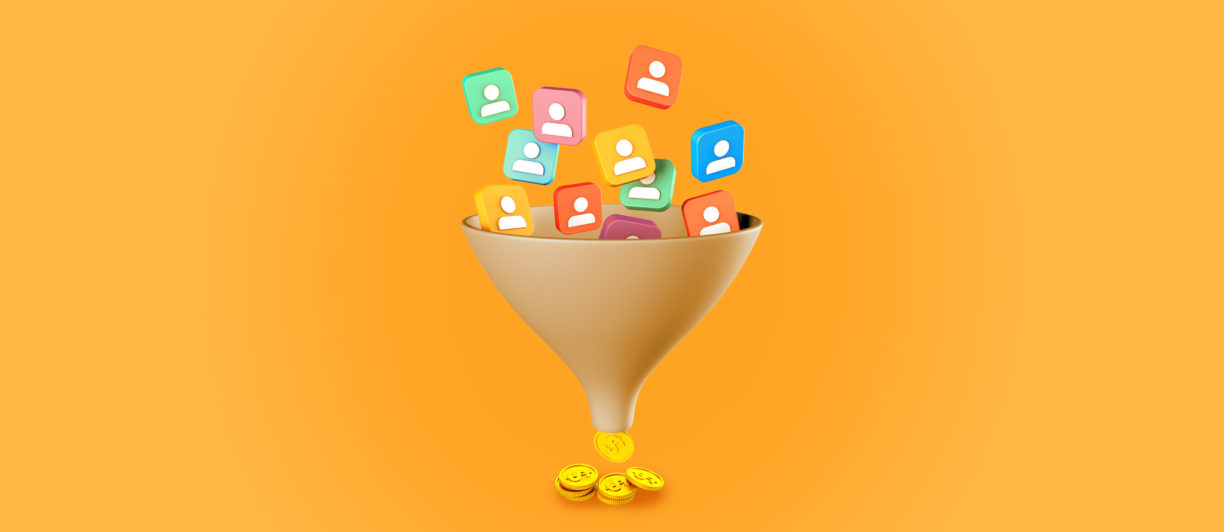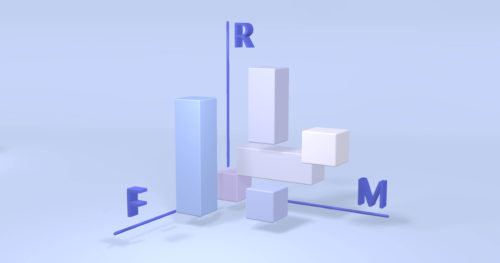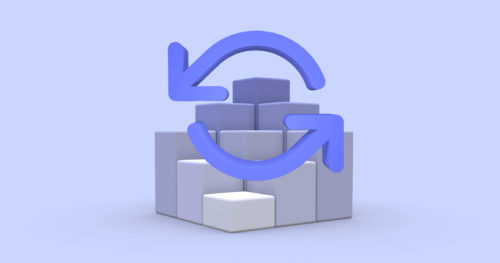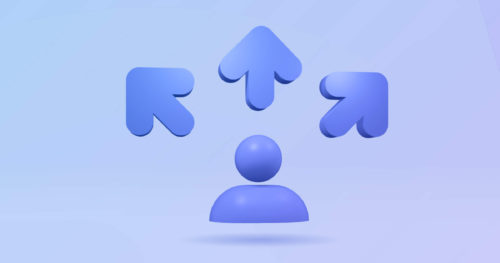Your marketing strategy has many moving parts. To ensure it performs well, you should give close attention to behavioral segments. Behavioral segmentation unlocks knowledge about the different types of customers and their behavior. The more you know about your customers’ likes—how, when, and where they interact with your online shop,—the better you can predict what’s their next course of action and their purchase is going to be.
Benefits of Behavioral Segments
- Provide precise personalized experience
- Grow customer and brand loyalty
- Improve targeting accuracy (learn more about customer targeting here)
So, what do you need to know about behavioral segments to greatly increase your business performance?
Understanding Behavioral Segmentation
Behavioral segmentation in marketing is important as different customers interact with your business differently. That’s why understanding the many ways your customers interact with your company will help you create an effective behavioral segmentation strategy.
Acquisition – customer journey – engagement – retention. These performance metrics are valuable when analyzing customer behavior. Simply speaking, the acquisition means transforming visitors into customers. Customer journey is the customer’s interactions with the company, products, and/or services. Engagement stands for how frequently customers interact with your business, use your products and/or services. Retention is how often do customers come back to buy from your shop.
Purchasing Behavior
Segmenting customers based on their purchase behavior is one of the crucial parts of getting the most out of your marketing. Let’s say you have a customer who purchases items on weekends only. He/she feels best when having as much free time as possible.
Knowing such information about a customer lets you decide whether it’s a good idea to try and see if he/she is willing to purchase items on workdays. Incentivizing to purchase on workdays can be done through targeting discounts when normally he/she wouldn’t visit the shop. Tracking the customer purchase behavior can be used as a means of predicting the demand and the next course of action.
Occasional Purchasing
These types of customers purchase products on different occasions, such as birthday, Christmas, Valentine’s day, or any other celebration. However, occasional purchasing can also include life milestones, such as weddings, or even daily purchases which can include coffee, food, and more.
For example, a world-renowned coffee company Starbucks uses behavioral segments to target their regular morning customers to have them back for an afternoon or evening purchase. These customers will likely have an afternoon coffee on occasion, so on that time, Starbucks sends these clients various discounts via email promotions or push notifications.
Customer Loyalty
Customer loyalty is another highly important component of behavioral segmentation. Customers that are loyal to your brand should be rewarded in some way to foster the relationship. The most common method of giving back to loyal customers is through creating and managing a loyalty/rewards program.
For example, personalized discounts or accumulative points could be given to your loyal customers. Points can be awarded with every purchase while discounts on meaningful occasions specific to your customer. The aforementioned methods are only a couple of ideas, but the main goal is to build customer loyalty – in other words, long-term relationships with your customers –, increase retention and satisfaction levels.
Implementing Behavioral Segmentation
There are many ways you can implement behavioral segmentation in your marketing campaigns:
- You can run remarketing campaigns based on past customer behavior
- Use behavioral targeting to send targeted messages to customers based on their interests, past purchases, average order value, and more
- Allocate your marketing resources for visitors that have the tendency to convert to paying customers
- Time your marketing campaigns when users are most active and responsive
- Target your best-performing customers by knowing who they are based on their activity and behavior
- Create custom messages and send them at specific times based on your customers’ location, native language, local events, and more.
Marketing campaign example
Here’s a campaign based on behavioral segmentation of one of our clients.
Find loyal customers, refunders, trendy-buyers, and more with predefined behavioral segments.
Actions:
- Sent newsletters with new clothing collection to trendy-buyers and another one with older on-sale collection to value-buyers.
- Created trendy and value buyer lookalikes on Facebook to advertise corresponding products.
Results:
- Newsletters had 23% better open rate and 10% better conversion rate than usual.
- Increased Facebook ROAS by 15%.
When you segment customers based on their behavior, you make the difficult task of sending the right messages much more forgiving. In addition to that, behavioral segmentation allows each customer’s experience to be much more personalized, targeted, and better performing overall.
PS: want to see some practical behavioral segmentation examples? Then check out this post!
Final Thoughts
Now that you’ve learned more about behavioral segmentation, you can begin your steps to utilize it for your business. Usually, for maximum effect, it takes a skilled and experienced team of data professionals, including marketers, data scientists, and analysts to take advantage of behavioral segmentation. Combined with marketing analytics tools, it paves a way for your business success.
Thankfully, there’s an effective and easy-to-use solution which does not require a big team of professionals. The solution will help you set up behavioral segments and provide you with actionable data insights. By using it, you let the hard work be done for you, while you enjoy the results. You can try Verfacto today for free and see for yourself.




